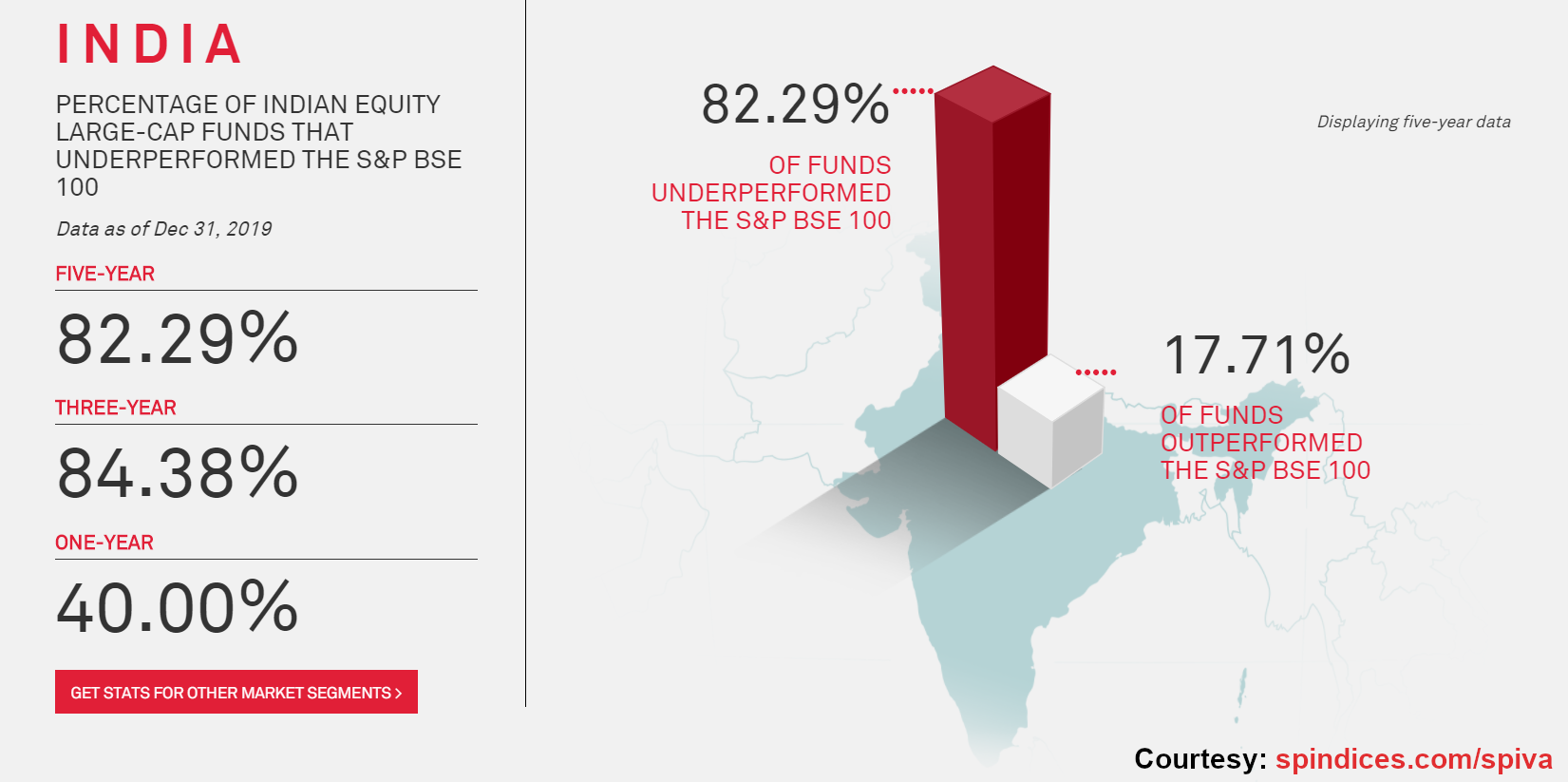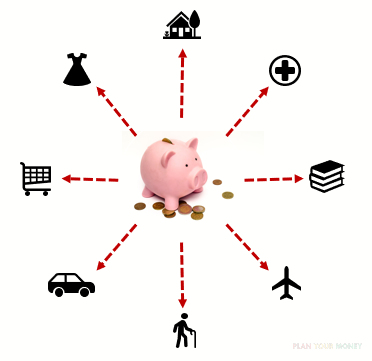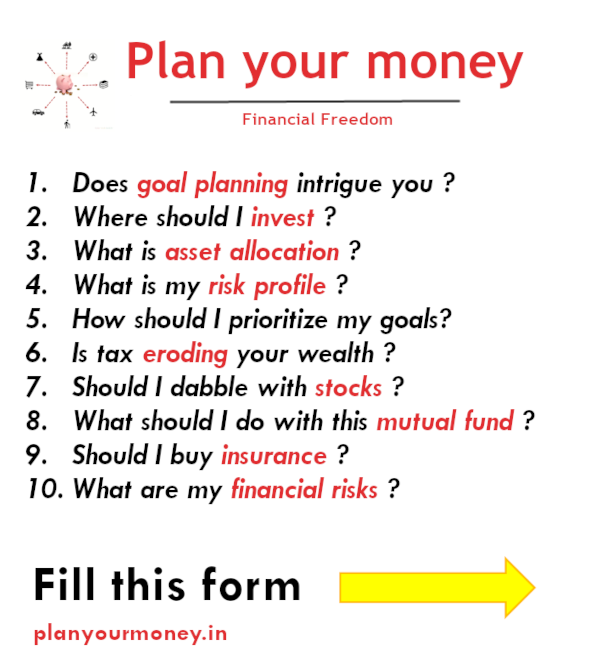Exchange Traded Funds (ETFs)
What is Exchange Traded Fund ?

Mutual funds can be categorized into two types of funds :
- Active Funds
- In active funds , we have an experienced fund manager and a management team
to make decisions on the amount collected from investors. For example,
- Mirae Asset Large Cap Fund - Fund Manager - Gaurav Misra & Harshad Borawake
- Parag Parikh Long Term Equity Fund - Fund Manager - Rajeev Thakkar & Raj Mehta
- Passive Funds
- In passive funds, they follow a market index and do not have a fund manager who actively
manages the portfolio. For example,
-
SBI ETF Nifty 50 - Largest ETF in India with an overall AUM of 75,000 crores and this fund tracks the Nifty 50 . Expense ratio is 0.07%
-
HDFC Nifty 50 ETF with an AUM of 466.46 crores has given the same performance as SBI ETF Nifty 50 as it tracks the Nifty 50 . Expense ratio is 0.05%
-
Exchange Traded Funds (ETFs) - Equity
Equity ETF’s (from hereon , I shall refer to ETF’s) can be thought of as a hybrid of mutual funds and stocks.
- ETF shares are traded in stock exchanges
- They have continuous pricing and liquidity throughout the day.
- Transactions in ETF mainly take place in secondary markets .
- Nifty Bees was the first ETF in India in December 2001 .
- ETFs are regulated under SEBI’s mutual fund regulations 1996.

ETF Funds
There are several advantages of ETFs which I shall list below :
- Expense ratio of ETF’s are considerably lesser than actively mutual funds (0.1 to 0.3 vs 1.5 to 2.3)
- You know the entire structure of the stock well in advance (as it follows the index) unlike active funds where you come to know only when they release the monthly factsheet
- This can be sold intra-day
- There is no exit load
- Nifty 50 ETF’s have outperformed 71% of previous 1 year period(as on 31 Dec 2019)
There are few disadvantages as well:
- There is no cash component in ETF and in case of steep fall, this will directly reflect in your NAV
- Liquidity - if ETF is thinly traded, there could be a challenge in getting out of ETF
Returns
As you can see from the below table, there are so many different indices and the expense ratio in many of them is quite less. Returns of many of such indices

Return - ETF Funds
Conclusion
ETF’s are a good way to keep the expenses of actively managed funds at a low level. However, one needs to have a balance of ETF and active funds in their portfolio and the balance is determined by the goals and risk profile of individual.


